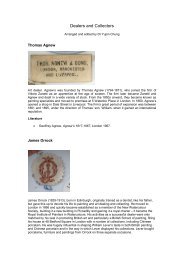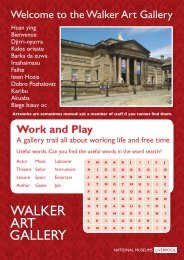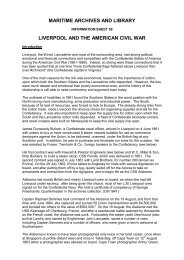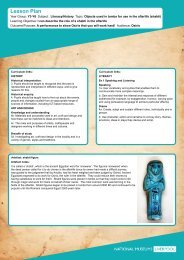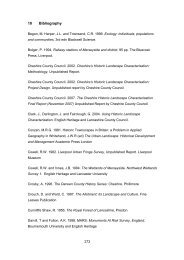Frank Partridge and William Hesketh Lever - National Museums ...
Frank Partridge and William Hesketh Lever - National Museums ...
Frank Partridge and William Hesketh Lever - National Museums ...
Create successful ePaper yourself
Turn your PDF publications into a flip-book with our unique Google optimized e-Paper software.
Fig 7. Kangxi oviform jar (LL6750)Dealercollector relations, 19151924A shift away from traditional forms of patronage (i.e. ceramics made to specialorder) to the public sale of works by aristocratic collectors to the members of theaffluent middle classes may help to account for the rise of the commercial artdealer in the late 19 th <strong>and</strong> early 20 th century. Chinese art dealing remained anunregulated market—visàvis other occupations or the selling of financialinstruments— such that art dealers were probably selfselected. Dealersbehaved as entrepreneurs, <strong>and</strong> their selfpromotion <strong>and</strong> innovation wereimportant in becoming successful market agents. 29<strong>Partridge</strong> was not from a privileged background which had a source of privatewealth as a form of income. He seldom made direct acquisitions of art butoperated on a commission basis between collectors, <strong>and</strong> dutifully acted as<strong>Lever</strong>’s ‘personal advisor’ who supplemented <strong>Lever</strong>’s own taste. With the moneyhe used to ‘recruit’ <strong>Partridge</strong>, <strong>Lever</strong> gained cultural competence.29See Derrick Chong, Stakeholder Relationships in the Market for Contemporary Art, inIain Robertson Underst<strong>and</strong>ing International Art Market <strong>and</strong> Management, London: Routledge,2005, p. 94.9


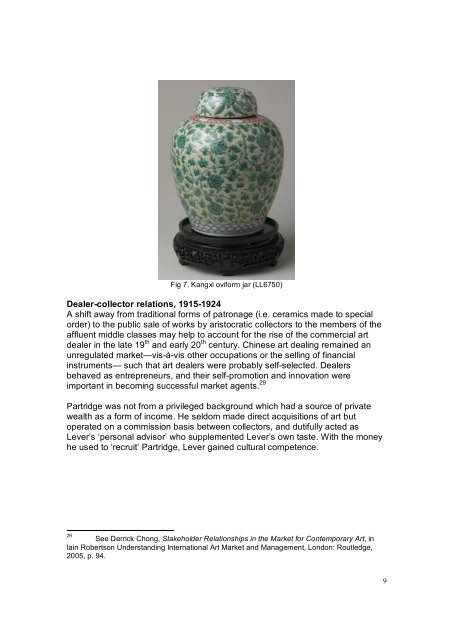
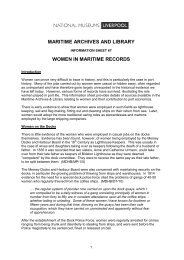
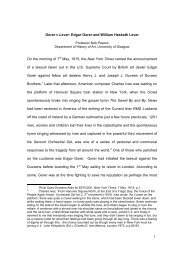
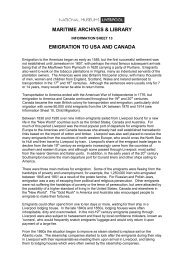
![Ancient Egypt trail [227kb .pdf] - National Museums Liverpool](https://img.yumpu.com/48998817/1/184x260/ancient-egypt-trail-227kb-pdf-national-museums-liverpool.jpg?quality=85)

